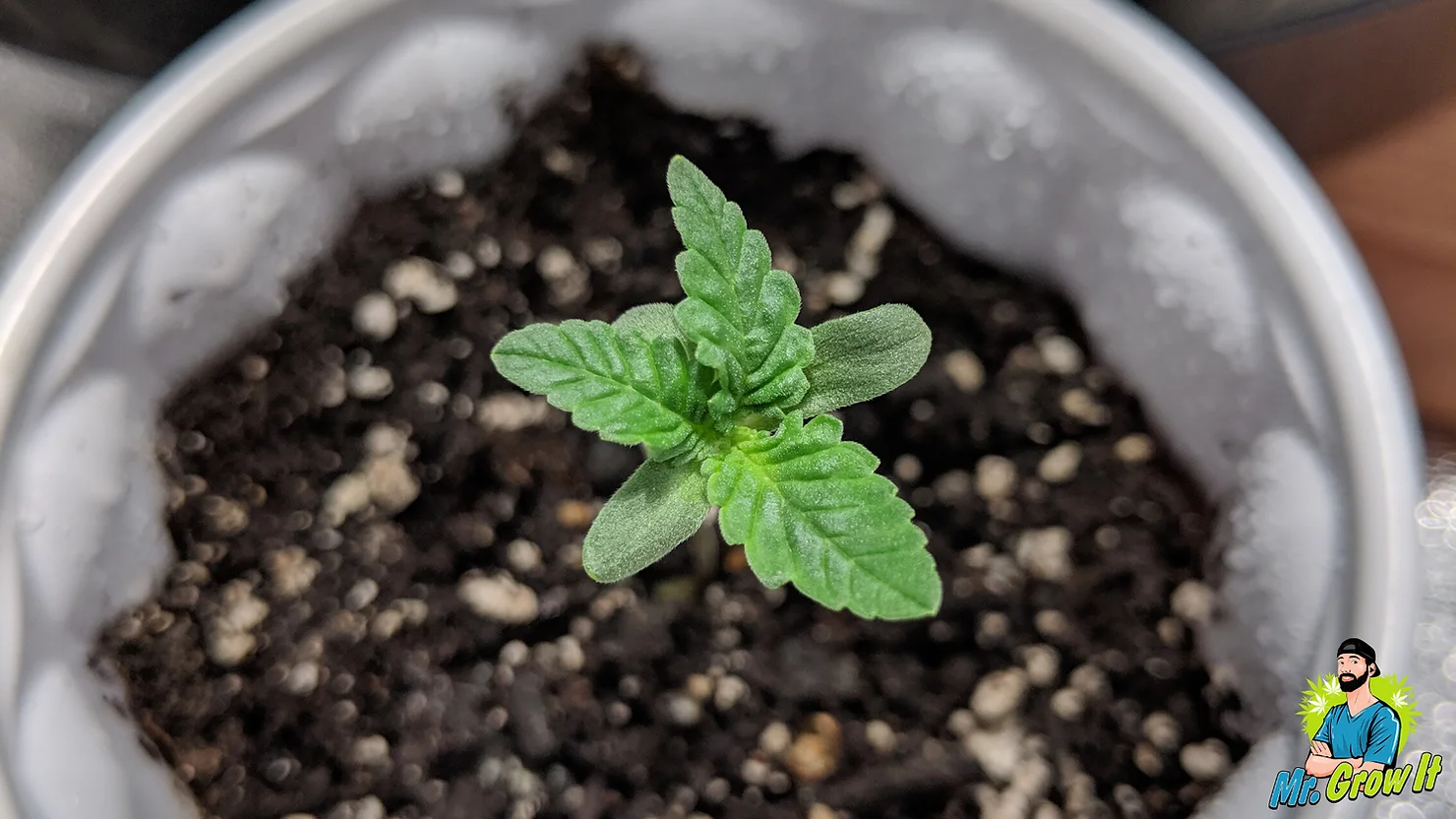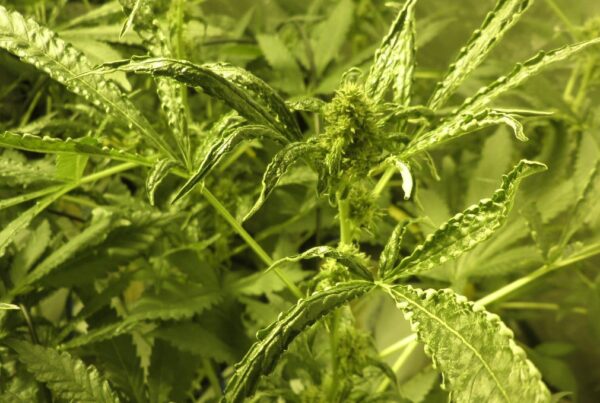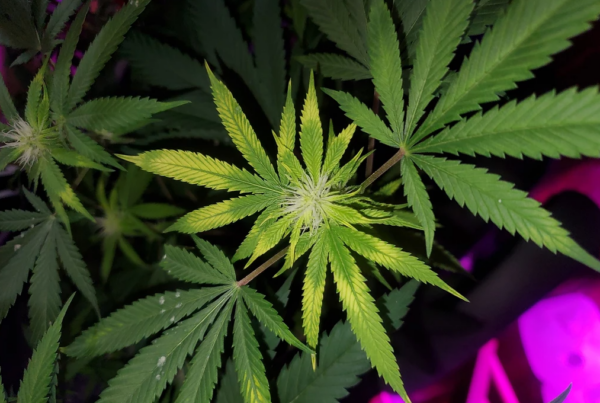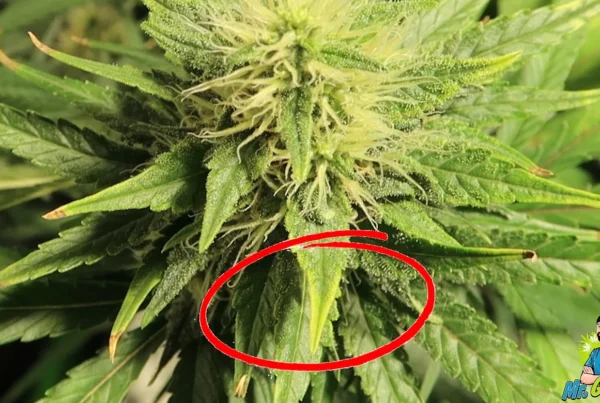One thing that makes your journey as a cannabis grower exciting is coming across different expressions that cannabis plants show through genetic mutation. Whether these traits are desirable or not is another story, but it is always worth a few pictures when a cannabis plant look peculiar.
What is Phyllotaxy?
One of these peculiar expressions (or rather a genetic mutation) is whorled phyllotaxy. As complicated as it sounds, phyllotaxy is simply a botanical word for how leaves are arranged on the nodes or stems of a plant. Young cannabis plants usually start with opposite phyllotaxy which means two leaves sitting opposite each other on the same node. As cannabis plants reach sexual maturity, alternate phyllotaxy takes place of the previous arrangement – gradually; leaves still grow opposite each other but not at the same level or node. Sometimes, this normal arrangement is superseded by whorled phyllotaxy through genetic mutation.
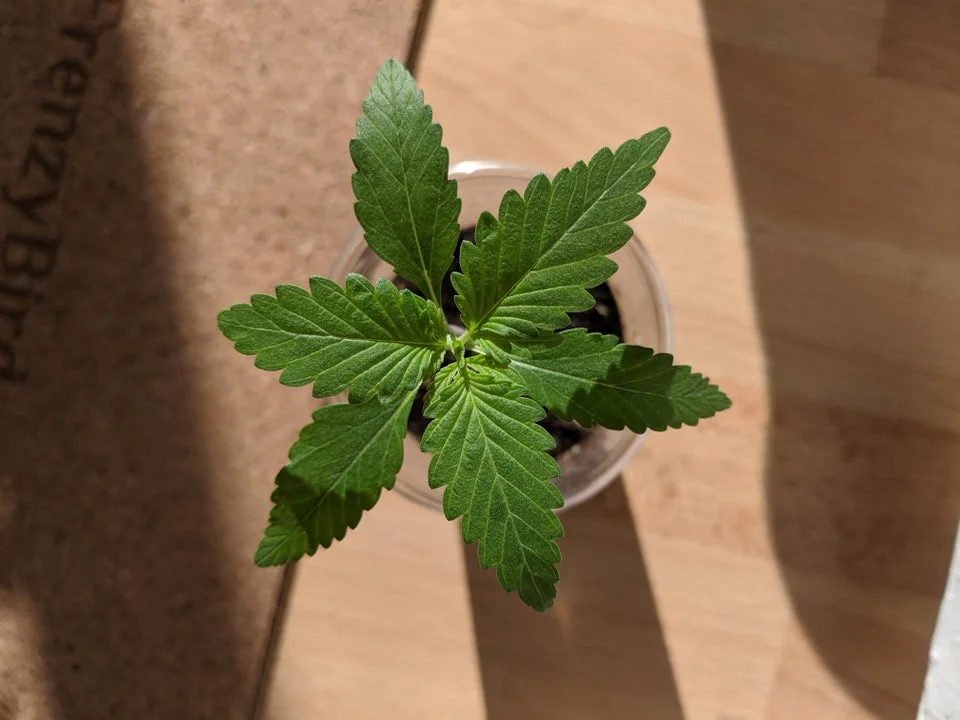
What is Whorled Phyllotaxy?
Cannabis plants with whorled phyllotaxy grow three or more leaves from a single internode. This arrangement is different from the usual alternate phyllotaxy in which there is a two-leaf set following a pattern of growing on opposite sides at different levels. Whorled phyllotaxy on the cannabis plant is certainly an unusual trait and makes the plant appear bushy. A bushier plant can lead to higher yields, so in the end, this characteristic is actually considered beneficial by many growers.
Causes of Whorled Phyllotaxy
The cause of this mutation is not environmental or physical, for instance, overwatering will not cause it. The cause is genetic; therefore, this trait can appear in any plant.
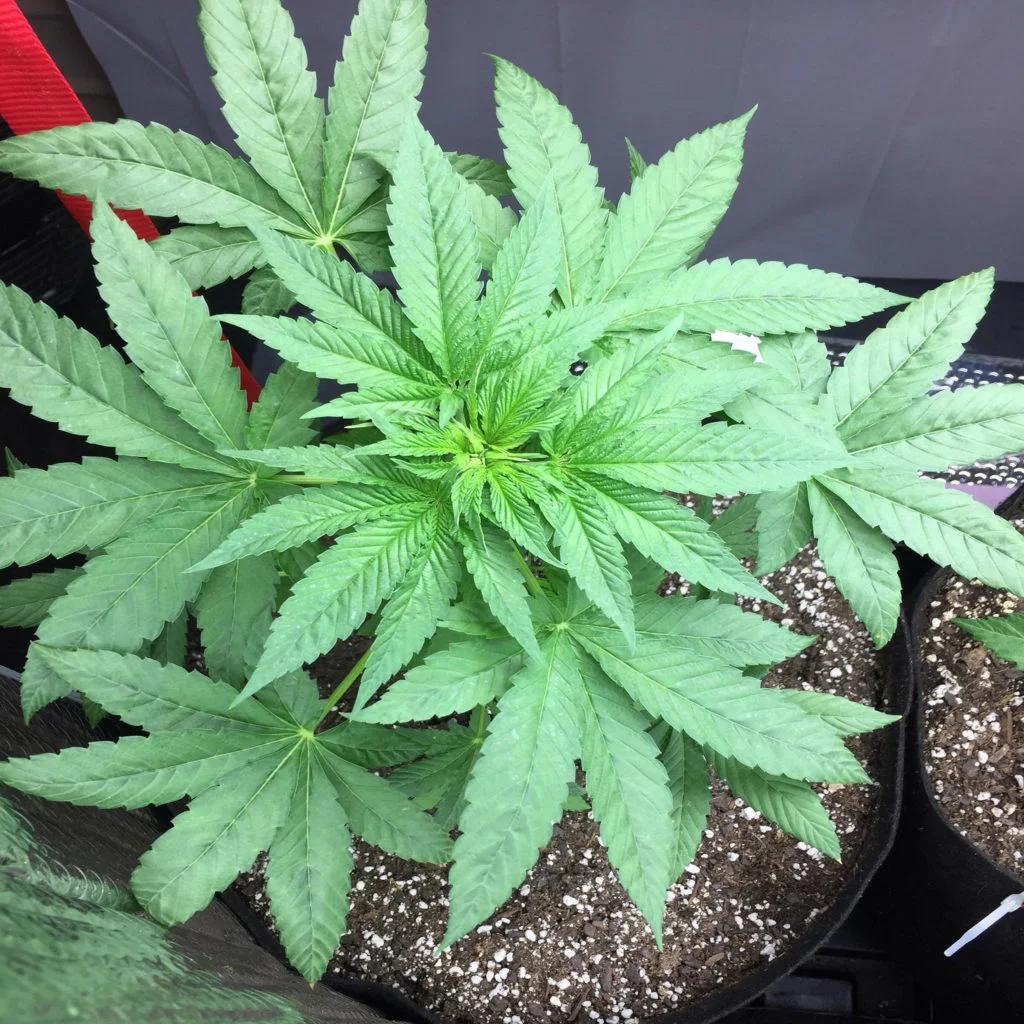
Preserving the Whorled Phyllotaxy Trait
Since whorled phyllotaxy is not bad news since it gives your cannabis plant a bushier structure and results in a slightly higher yield, some breeders may want to preserve this anomaly. This peculiarity is unstable or fragile and it cannot be preserved. It can appear on a cannabis plant and disappear upon breeding or in attempts of replicating. Therefore, if you find a plant with whorled phyllotaxy, enjoy it while it lasts.
Does Whorled Phyllotaxy Need Specific Care?
Phyllotaxy in plants is indeed a strong determinant of how much sunlight plants get for essential processes like photosynthesis. But in the case of whorled phyllotaxy on the cannabis plant, you do not need to change things in your grow room to cater to your peculiar but special plant. So, if you discover that one of your cannabis plants is showing this trait, continue to care for it as you care for any other cannabis plant.
Growers find whorled phyllotaxy a desirable yet fleeting trait. Rejoice if your plant displays this trait. However, some growers believe that these bushy plants are more prone to bud rot. These are simply opinions and those claims are not backed up by any formal study. You cannot trigger this behavior by stressing the plant either, it appears abruptly. Whether this genetic mutation is desirable and pretty or not depends on how you perceive it as a grower – but higher yields cannot be bad news! Have you ever had a cannabis plant show the whorled phyllotaxy trait? Let us know by leaving a comment below.
![]()

